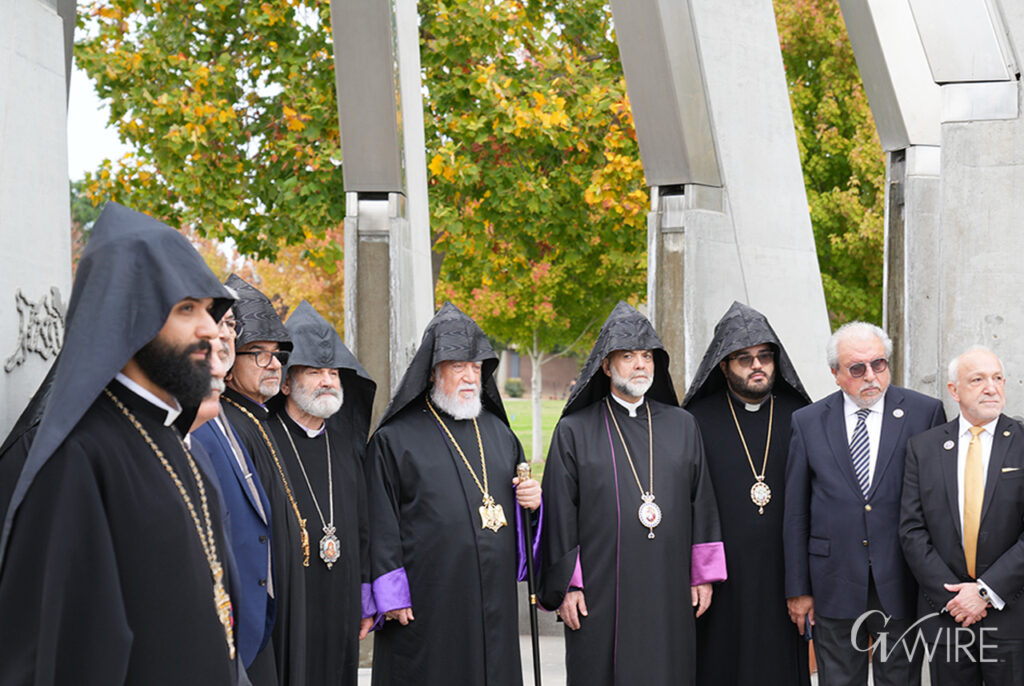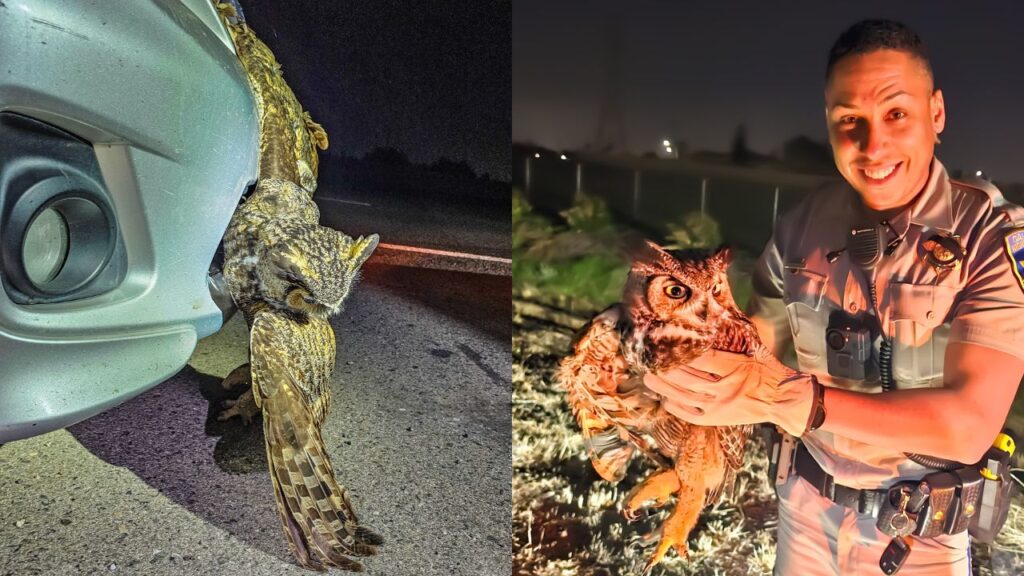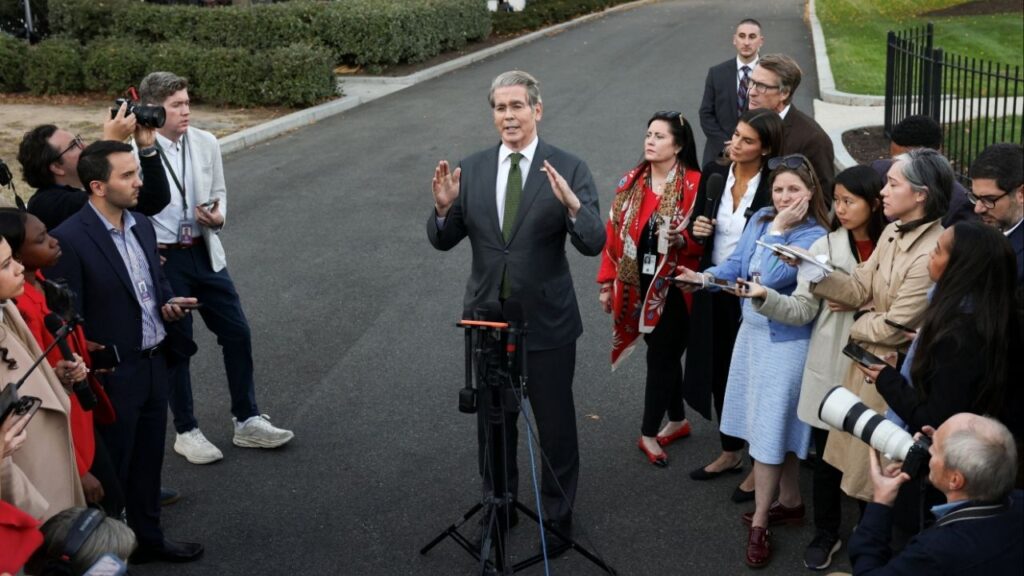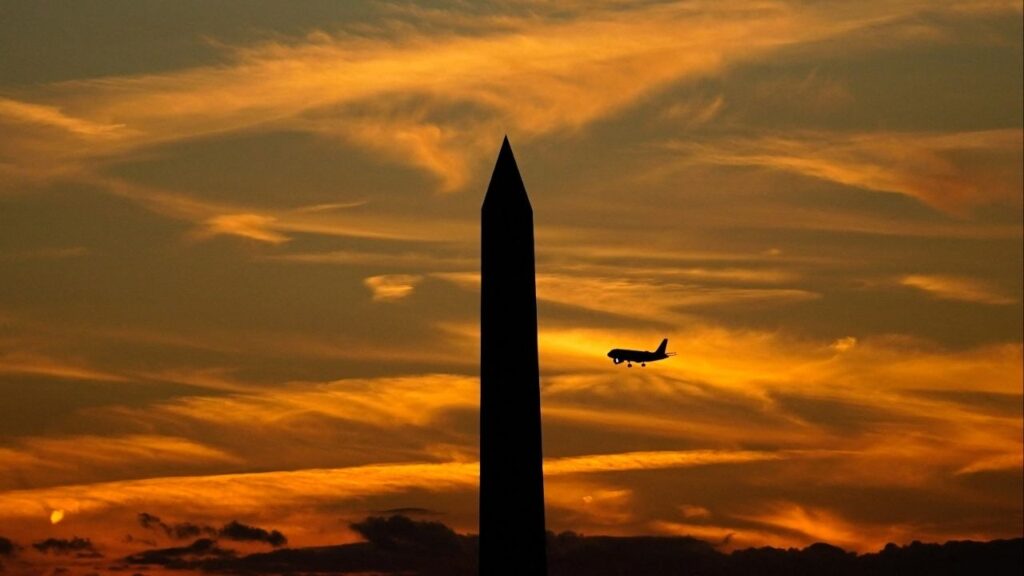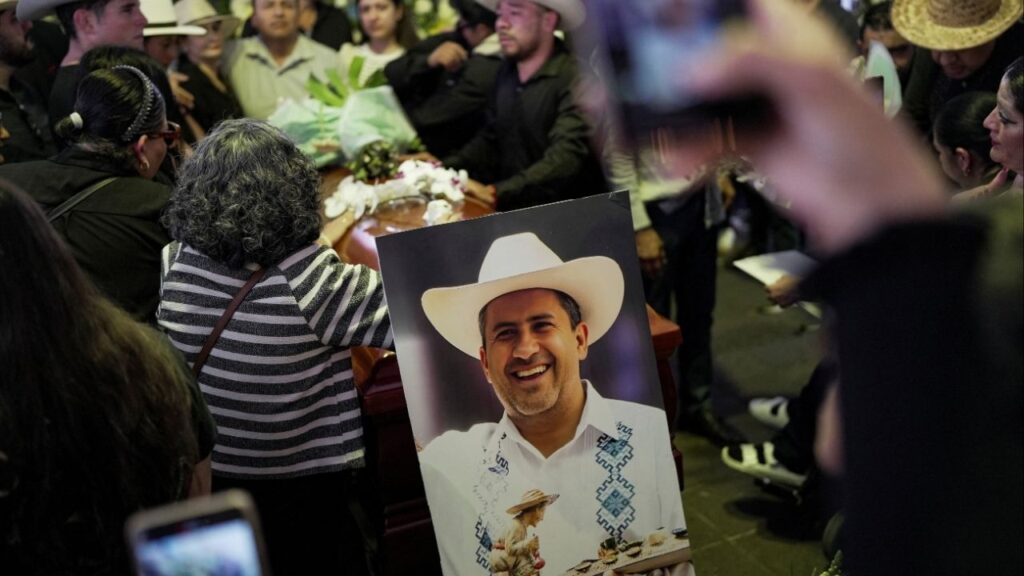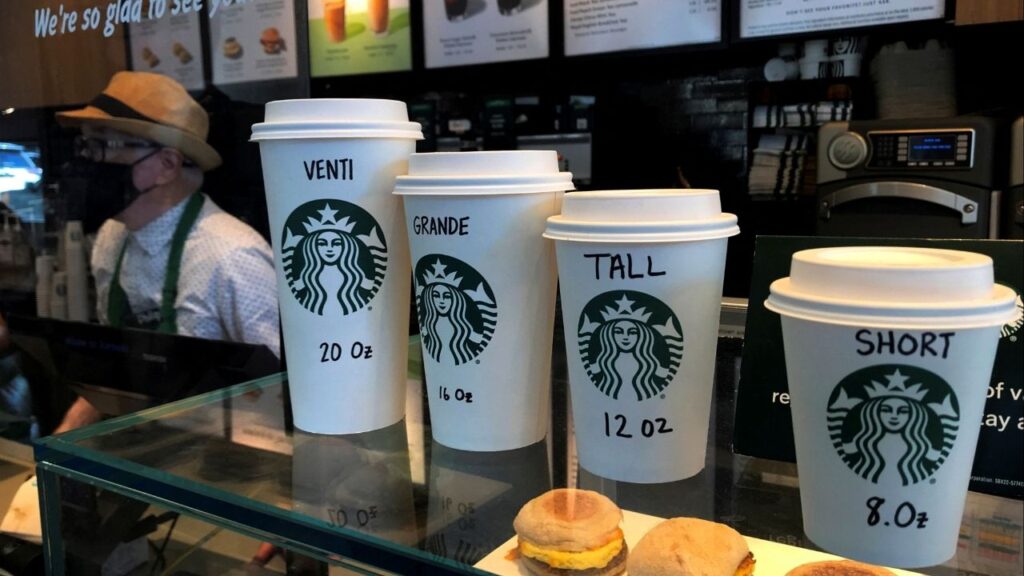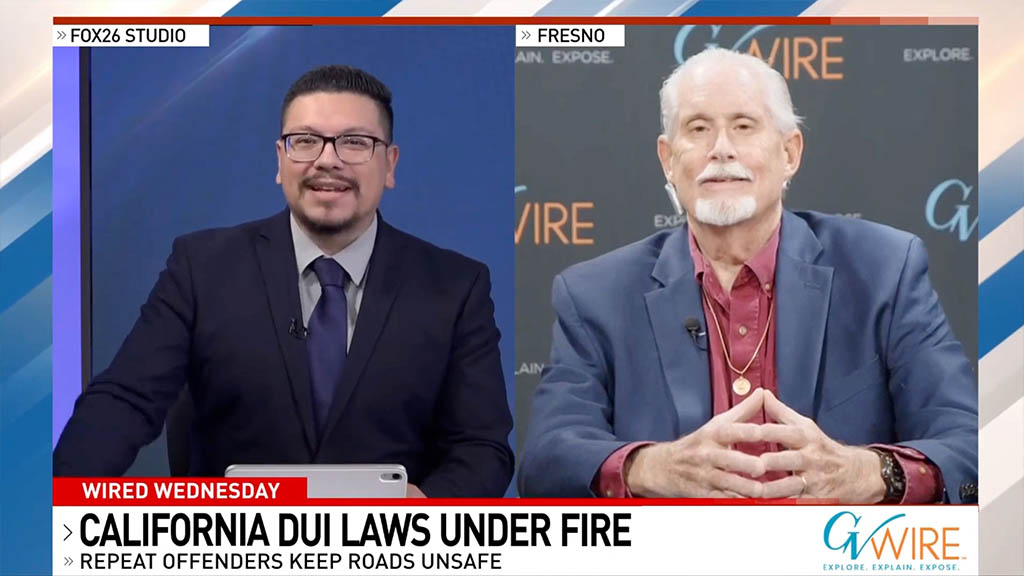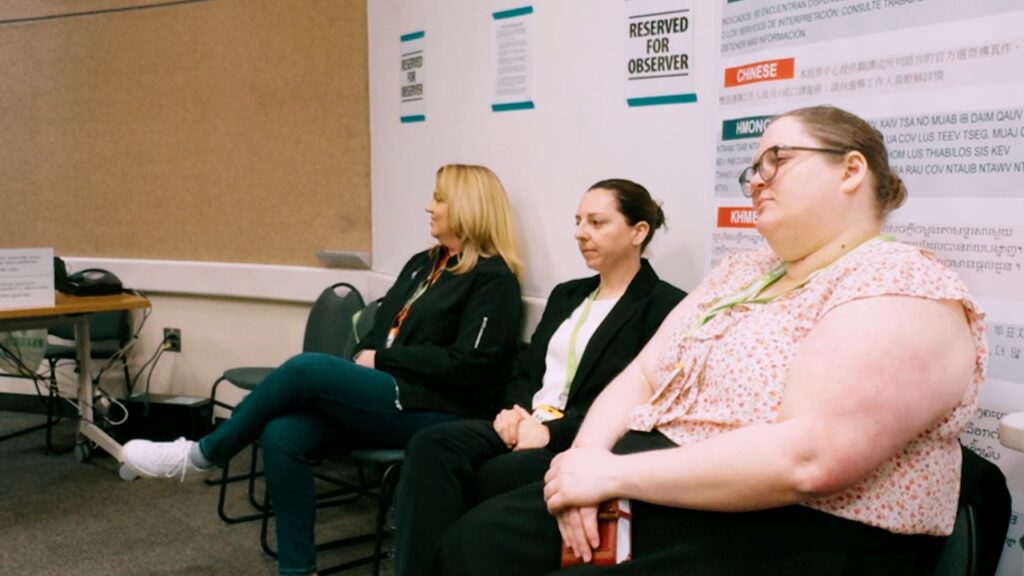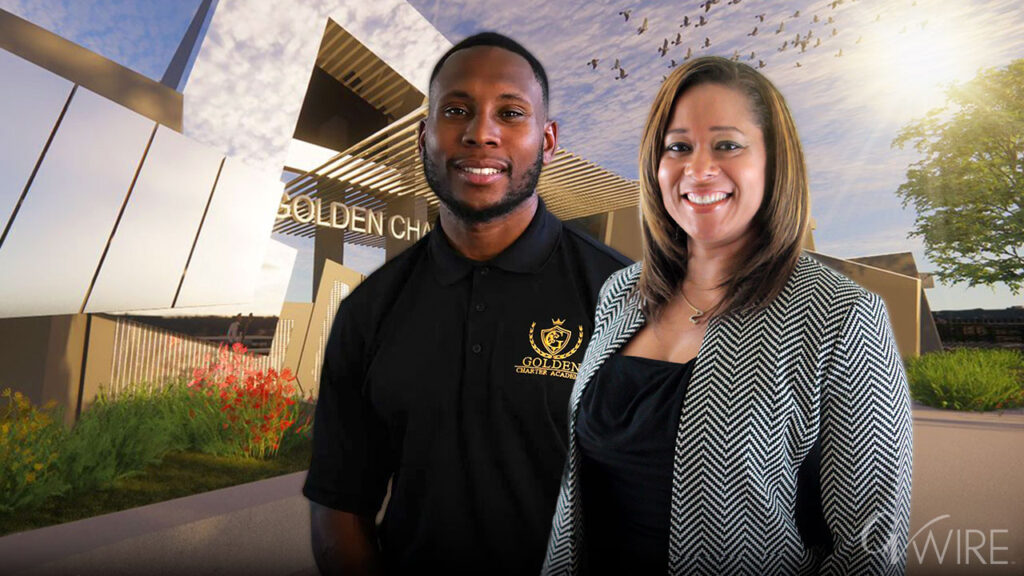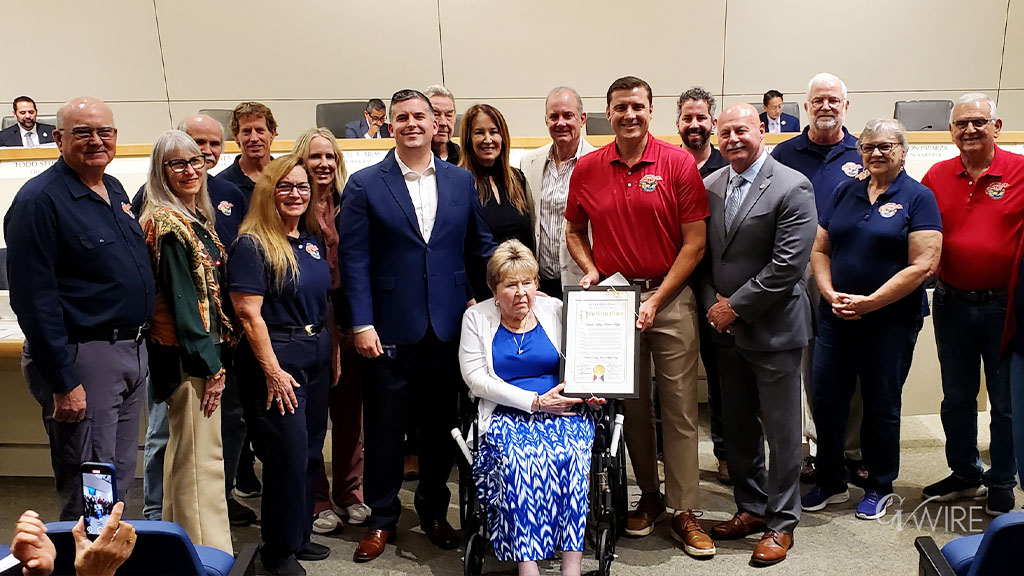People walk past the 1900 Storm memorial sculpture on Seawall Blvd. during an icy winter storm on Tuesday, Jan. 21, 2025 in Galveston, Texas. (Brett Coomer/Houston Chronicle via AP)

- Gulf Coast states face historic snowfalls, with Lafayette, Louisiana nearing its 1960 snow record, and Florida breaking its snowfall record.
- Polar vortex disruption brings extreme cold across the U.S., with Texas wind chills dropping to 10-15 degrees Fahrenheit.
- Scientists link frequent polar vortex disruptions to human-caused climate change, with Arctic warming driving severe winter storms.
Share
|
Getting your Trinity Audio player ready...
|
A winter storm sweeping through the U.S. South on Tuesday was dumping snow at levels millions of residents haven’t seen before.
Moisture from the Gulf of Mexico was combining with a low-pressure system and chilly air to drop significant amounts of snow in some spots. That included 10.5 inches near Lafayette, Louisiana by Tuesday afternoon — within striking distance of the state record of 13 inches set in 1960.
The National Weather Service said 7 to 8 inches of snow had been reported in areas between New Orleans and Baton Rouge. New Orleans’ old record was 2.7 inches set in 1963. In Texas, the Houston-Galveston area had 2 to 4 inches before midday.
Related Story: Gusty Winds, Extreme Fire Weather Return to Southern California
National Weather Service’s Lake Charles Issues First Blizzard Warning
The National Weather Service’s Lake Charles, Louisiana, office issued its first-ever blizzard warning Tuesday. The NWS’ Mobile office reposted video on X of two people having a snowball fight in Orange Beach, Alabama, just steps from the Gulf of Mexico.
“This is a once-in-a-lifetime event for a lot of these folks down there. For kids that have never had snowball fights … they’re going to have one,” said Tom Kines, a meteorologist at the private weather company AccuWeather.
The U.S. Gulf Coast is far better known for its hurricanes — Houston, for example, was rocked by Hurricane Beryl in July — and it’s a “fairly rare phenomenon” to see snow in the region, said Bradley Brokamp, meteorologist with the National Weather Service office in Houston. That’s a combination seen a little more often in the Northeast, which gets snowy winters and the occasional tropical storm.
Most Houston Businesses Closed
In Houston, the Yale Street Grill was virtually the only business open in one inner-city neighborhood. A couple of the restaurant’s workers had time to venture outside and build a 3-foot tall snowman complete with carrot nose and scarf.
“I’ve seen all the storms. I’ve been through all the hurricanes. So, this has been really fun. I have a 4-year-old daughter at home who I’m ready to get back to so she can play in the snow,” said Emma Kratky, a waitress and assistant manager.
It appeared Florida had broken its state snowfall record of 4 inches, set in Milton on March 6, 1954. The National Weather Service’s Mobile office said Pensacola had gotten 5 inches.
That office also said Mobile’s airport had gotten 6.2 inches, surpassing the old record of 5 inches set Jan. 24, 1881.
Even the double-digit snowfall near Lafayette was well short of the Valentine’s Day snowstorm that struck parts of the Gulf Coast in 1895. That storm dumped 19 inches on Houston and 15.4 on Galveston.
Winter cold blasts and climate change
Meanwhile, cold is blanketing the majority of the continental U.S. thanks to a polar vortex disruption. The Arctic polar vortex is a band of strong winds above the North Pole that usually locks in extremely cold air, but right now is stretching south, allowing bone-chilling air to flow down. For example, parts of south central and southeast Texas are expected to see wind chills as low as 10 to 15 degrees into Wednesday, according to an extreme cold warning from the NWS.
Scientists say these stretching events are becoming more frequent and have been linked to the planet-warming emissions that humans are releasing. Studies report human-caused climate change is raising Arctic temperatures at an alarming rate and decreasing the pressure and temperature differences between cold Arctic air and warmer air underneath it, heightening the chance for polar vortex disruptions.






